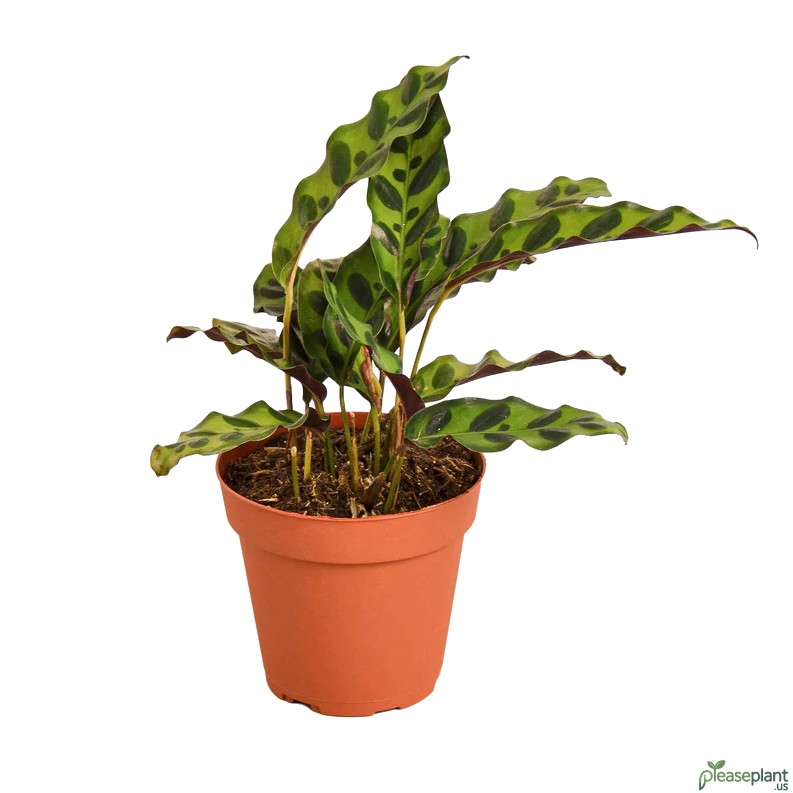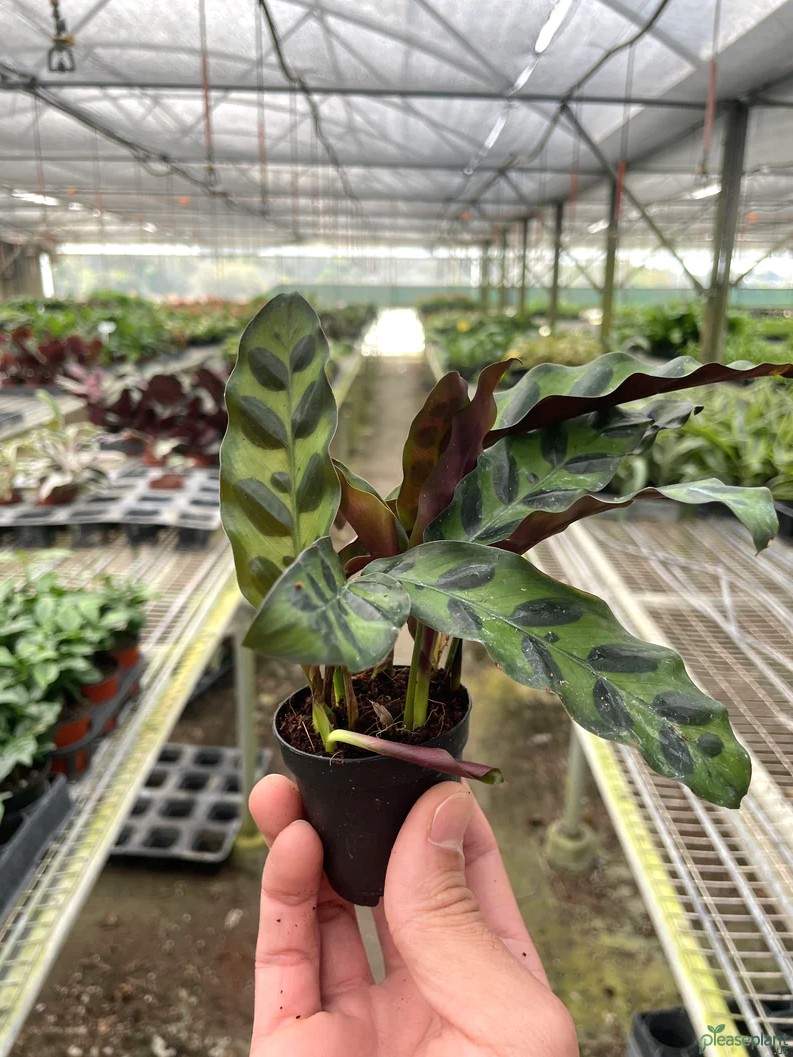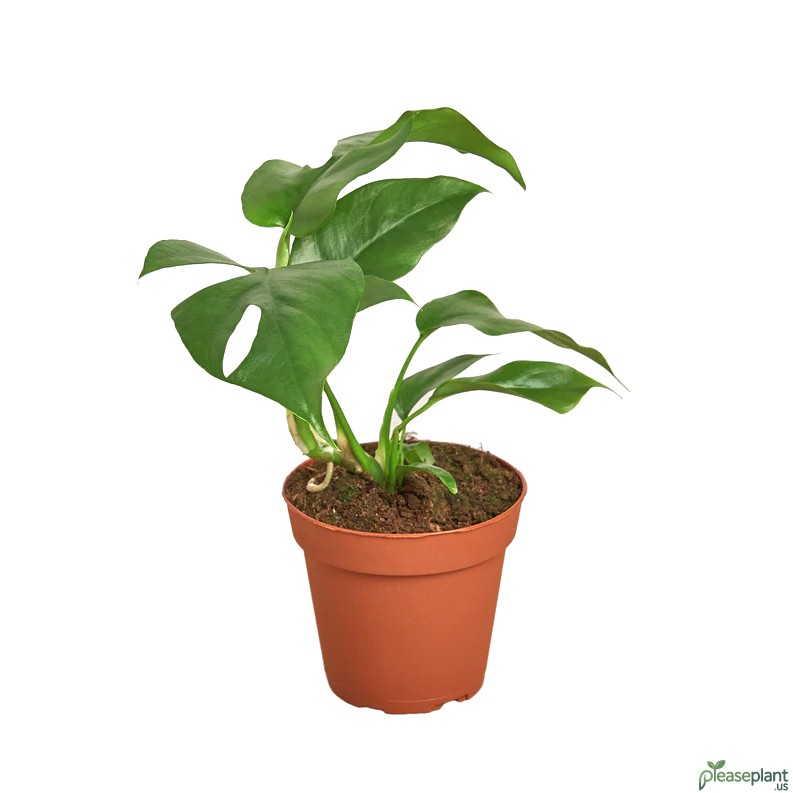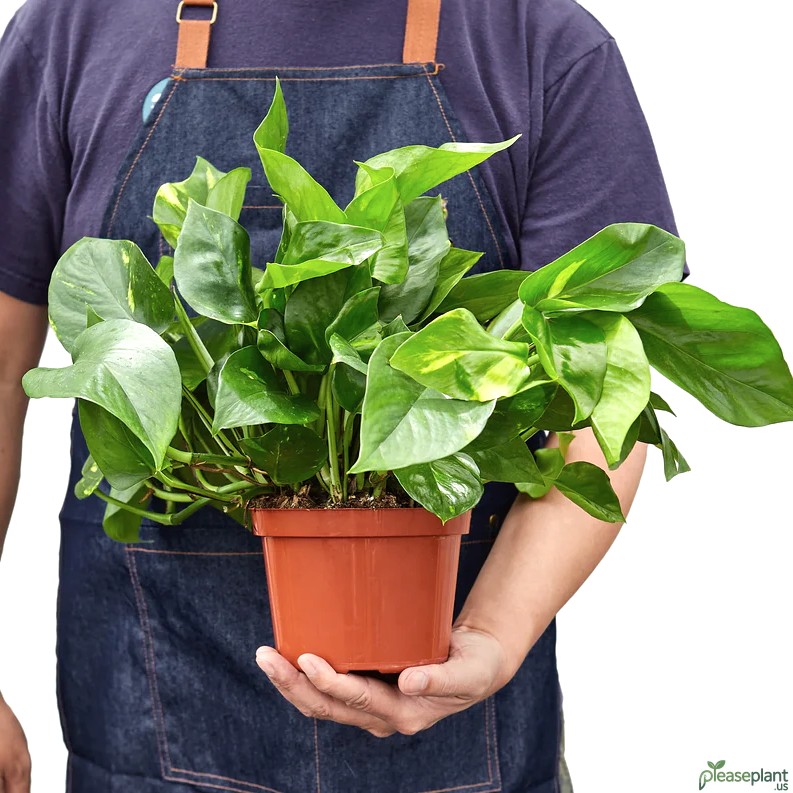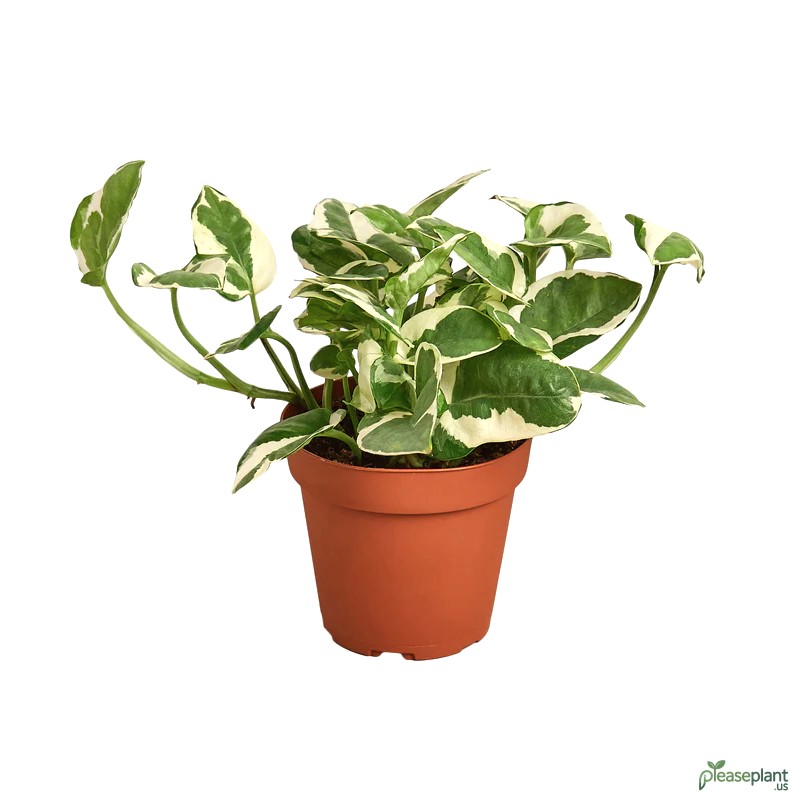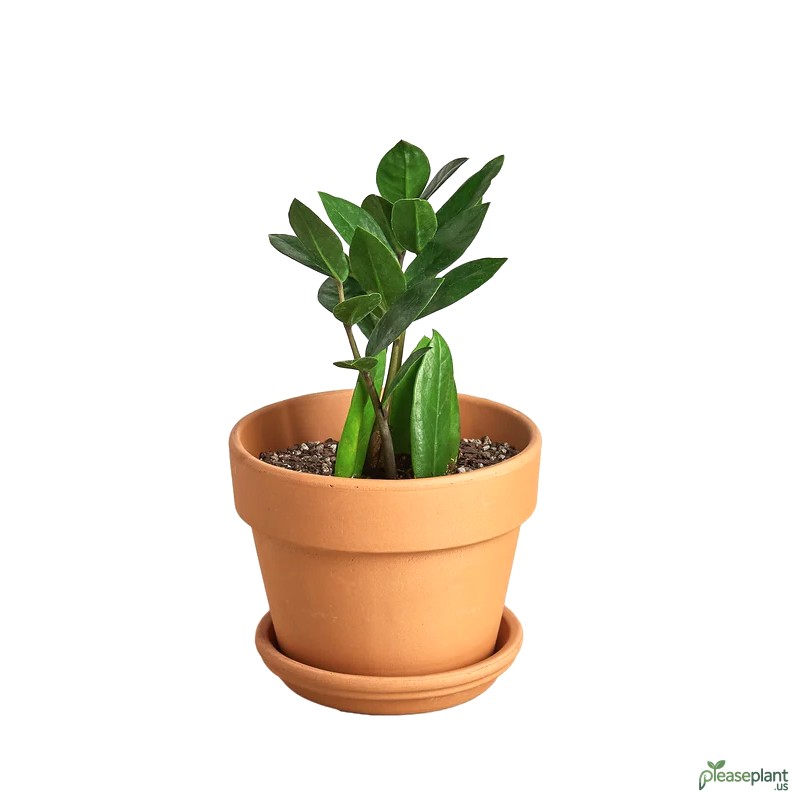Brown tips on your Calathea Lancifolia can be frustrating, especially when you’re trying to keep your Rattlesnake Plant looking its lush best. From the sneaky causes like low humidity, inconsistent watering, or even tap water minerals, this handy guide will walk you through quick fixes and tips to rescue your plant. Whether you’re a newbie or have a green thumb, you’ll find practical advice to get those gorgeous leaves green and fresh again. Let’s dive into the world of this tropical stunner and beat the brown tip blues once and for all!
When Your Rattlesnake Plant Starts to Brown
So there you are, gazing at your Calathea Lancifolia - Rattlesnake Plant, and bam! Those charming leaf tips start to turn brown. It's like your plant's sending a secret SOS, and you’re left wondering what the heck's going on. Well, brown tips are usually a sign of stress, but don’t panic. From my many years of battling with tropical plants, I can tell you this: it’s often about the little things not done right.
Why Brown Tips Happen: The Usual Suspects
First off, check your watering routine. I once had a buddy who drowned his plant from love — watering it every day like a petulant toddler demanding attention. Too much water can suffocate roots, leading to brown tips. On the flip side, letting soil dry out completely? Not good either. Calathea Lancifolia likes its soil consistently moist but never soggy.
Humidity’s another big player here. These plants are tropical natives, so dry indoor air, especially in winter, can send those leaf tips curling and browning faster than you can say "humidity boost!" I remember placing a small humidifier nearby and suddenly, the plant seemed to breathe a sigh of relief.
And then there’s the sneaky culprit — tap water. Hard water loaded with chlorine or fluoride can be a real pain. I noticed my Rattlesnake Plant’s tips crisping up only to discover the water was the villain. Switching to filtered or rainwater made a world of difference.
Quick Fixes to Save Your Rattlesnake Plant
So, what’s the game plan? Here’s what I recommend based on loads of trial and error:
• Adjust watering – Feel the top inch of soil; water only when it’s dry. Avoid letting the plant sit in waterlogged pots.
• boost humidity – Use a pebble tray with water, group plants together, or invest in a humidifier. Even misting helps, but don’t overdo it, or you’ll invite fungal issues.
• Switch up the water – If possible, use distilled or filtered water to cut down on mineral buildup.
• Trim brown tips carefully – Use clean scissors to snip off the damaged parts. It’s not just for looks; it helps the plant focus energy on healthy growth.
When to Worry and What to Watch For
If brown tips persist despite your care tweaks, you might be dealing with pests or root rot. Keep an eye out for spider mites or mealybugs hiding under leaves. Also, a foul smell from soil or mushy roots means it’s time to repot and trim rotten roots.
Remember, Calathea Lancifolia is a bit like that friend who needs a little pampering but rewards you with show-stopping looks. Don’t be too hard on yourself if you mess up; even seasoned gardeners have their plant fails.
Let Me Tell You About My Brown Tip Saga
Once, I ignored the low humidity and tap water warnings. My Rattlesnake Plant looked like it had a bad haircut — all brown and crispy at the ends. After switching to filtered water and upping the humidity game, it bounced back like a champ. It taught me patience and the importance of listening to your plant’s subtle cries.
So, if your Calathea Lancifolia is sporting brown tips, don’t despair. With a bit of TLC and these quick fixes, your Rattlesnake Plant will be thriving and flaunting those striking leaves again in no time!

